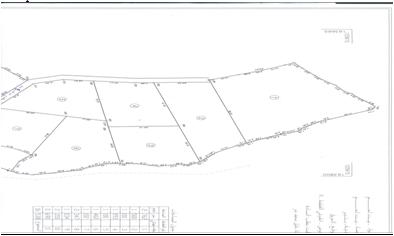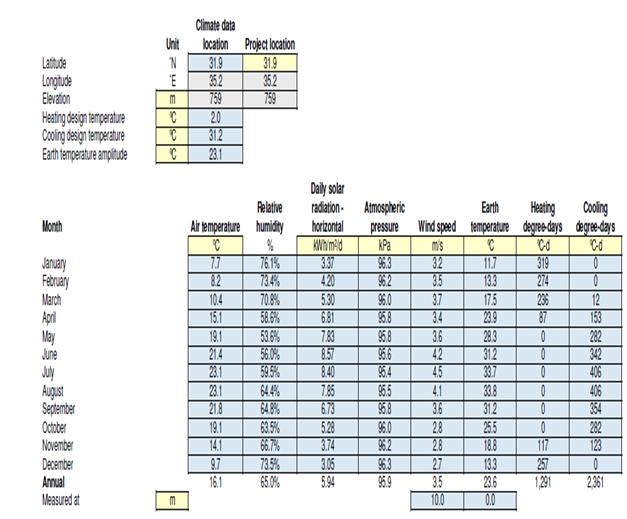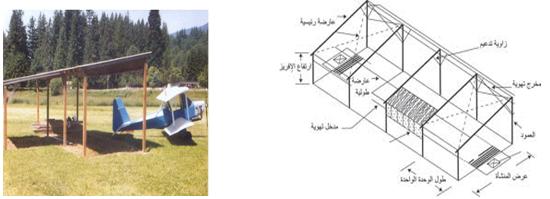solar Power
Projects Under Progress
|
Company Information |
|
|
Company name and legal entity |
Bethlehem for instruments |
|
Contact person and position |
Ghassan Olayan |
|
Contact details (street, city, postcode, country, telephone numbers) |
+970-2-2770934 |
|
P.Box 1058 Bethlehem Palestane mobil : 970 592265001 |
|
|
Company website |
www.bic.com.ps |
|
Company role in CPV projects |
We have installed some Home Base Solar systems , we are working on 1Mw System it will be the first to as such inpalestaion |
|
Project Description |
|
|
Project name |
GBAR –Battir Bethlehem |
|
Project description (auto consumption, grid connected, …) |
Grid connected |
|
Site location and country, coordinates |
Battir Bethlehem |
|
DNI site |
|
|
Target plant size in MWp |
1Mw |
|
Expected date of grid connection |
ASAP |
|
|
|
2:1.Project Information
|
|
|
|
Project name |
"GBAR " 1 M kW PV system |
|
Project location |
Battir Behlehem - Palestine |
|
|
|
|
Prepared for |
case study |
|
Prepared by |
Dr SaadOdeh |
|
Project type |
|
|
|
|
|
Technology |
|
|
Grid type |
2:2 Areas of the project and construction.
About 7000 square meters of facilities
2:3Climate Data for West Bank Area (How Much sun we have)
Sun platform .
Balance-of-System Components
In addition to the solar modules and inverter, a solar PV system consists of other parts
called BOS components, which include:
· Mounting racks and hardware for the panels
· Wiring for electrical connections.
Ground-Mounted Systems:
For ground-mounted systems, the mounting system can be either directly anchored into The ground (via driven piers or concrete footers) or ballasted on the surface without ground penetration. Mounting systems must withstand local wind loads, which range From 90–120 mph for most areas or 130 mph or more for areas with hurricane potential. Depending on the region, snow and ice loads must also be a design consideration for the mounting system. For surface applications on potentially contaminated mine sites, such as the VAG mine, mounting system designs will be primarily driven by these but generate less energy (kWh) per unit power (kW) of capacity than tracking systems
Typical ground-mounted systems can be categorized as fixed tilt or tracking. Fixed-tilt
Mounting structures consist of panels installed at a set angle, typically based on site
latitude and wind conditions, to increase exposure to solar radiation throughout the year.
Fixed-tilt systems are used at many brow field sites. They have lower maintenance costs effects, which can interfere with the alignment requirements of such systems.
Single- and dual-axis trackers may not be suitable due to potential settlement.
Selection of the mounting system is also heavily dependent on anchoring or foundation
Selection. The mounting system design will also need to meet applicable local buildin
code requirements with respect to snow, wind, and seismic and others factors.
Wiring for electrical connections
Electrical connections, including wiring, disconnect switches, fuses, and breakers are
required to meet electrical code (ISO) for both safety and equipment protection. In most traditional applications, wiring from (1) the arrays to inverters and (2) inverters
to point of interconnection is generally run as direct burial through trenches
بتير تحتضن اول محطة طاقة شمسية منزلية على مستوى محافظة بيت لحم









